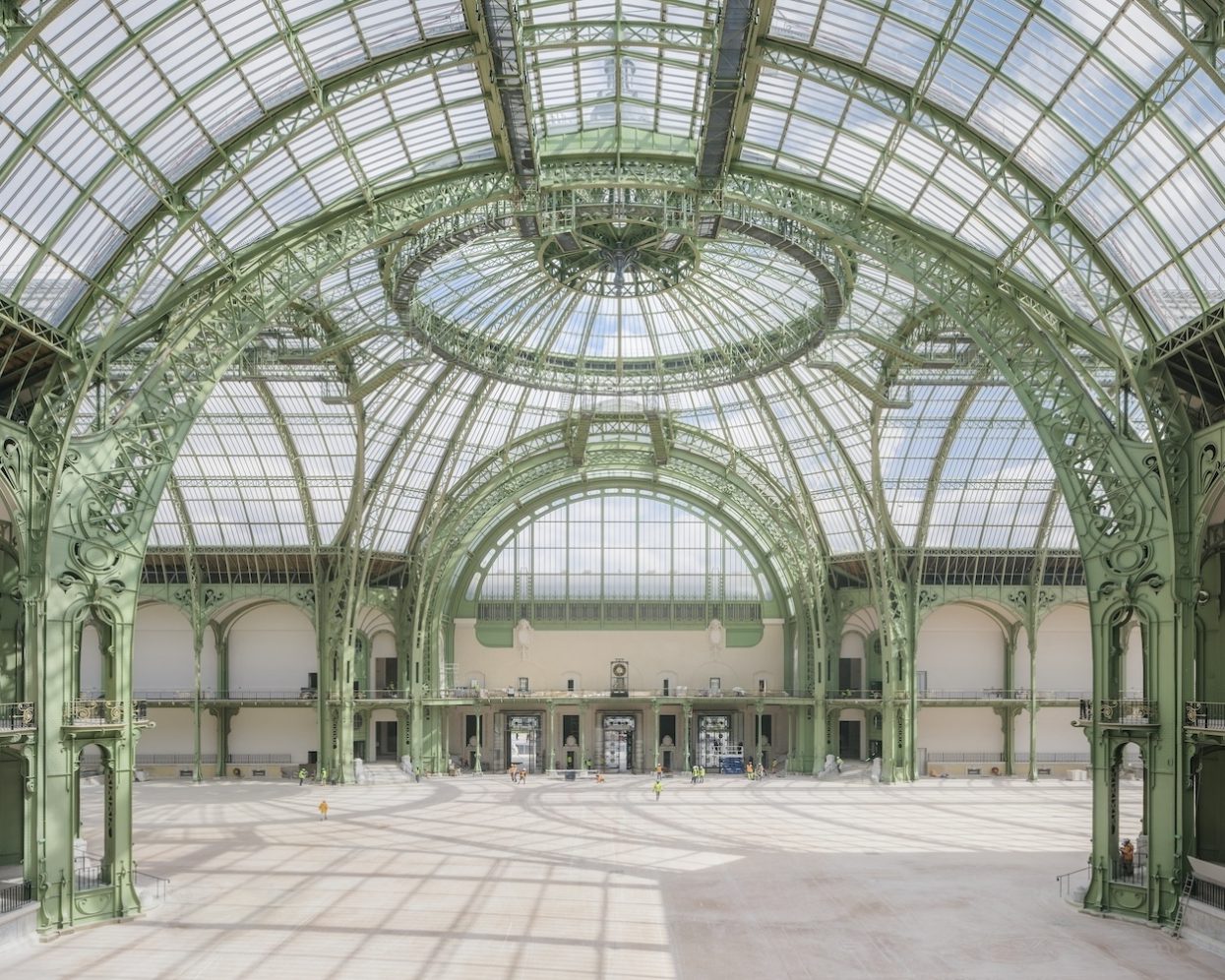Over the past decade, public sentiment has shifted away from extravagant Olympic stadium architecture. A mere six months after the 2016 Rio Olympics wrapped up, video footage showed gargantuan venues in states of disrepair, its seats ripped out and stagnant water festering in warm-up pools. After drawing apt comparisons to a child’s potty, the gravely over-budget stadium proposed by Zaha Hadid for the 2020 Tokyo Olympics was declared a national embarrassment and unceremoniously scrapped, the project instead going to Kengo Kuma. As conversations around funneling tax dollars to fund starchitect-designed white elephants continue to rage, Paris has opted for a far subtler approach.
City officials have instead refreshed existing venues and mounted pop-up stages in strategic locations, with landmarks like the Eiffel Tower, Versailles, and newly restored Grand Palais providing world-class backdrops for the highly televised games. The plan essentially creates a two-week-long commercial for the city while reducing construction overhead. Because Paris hosted the Games twice—in 1900 and 1924—as well as the World Cup in 1998, it already had facilities to accommodate thousands of spectators or provide training facilities for athletes. Newly built structures, such as the Centre Aquatique Olympique, eschew the grandiose for the green. It’s equipped with France’s largest urban solar-energy farm, handsome glulam structural beams, and 6,000 seats made of recycled plastic bottles.


